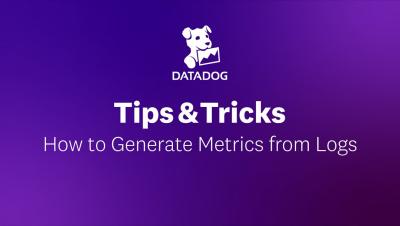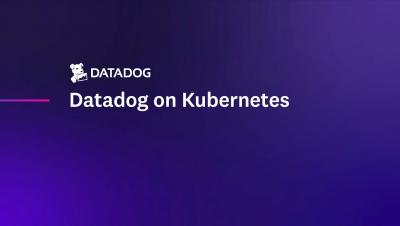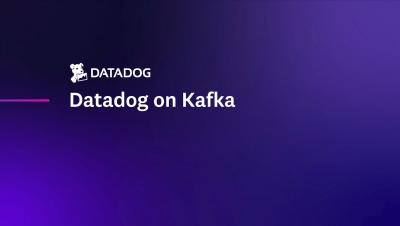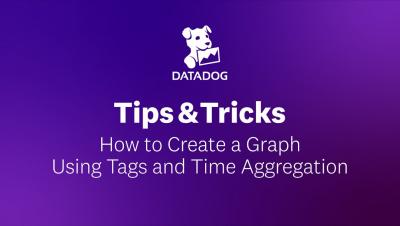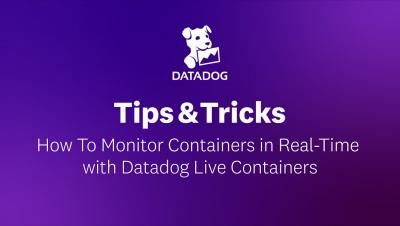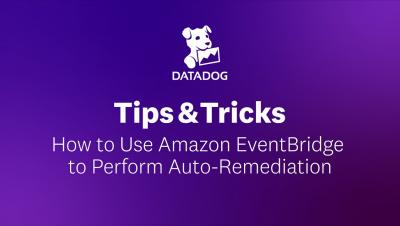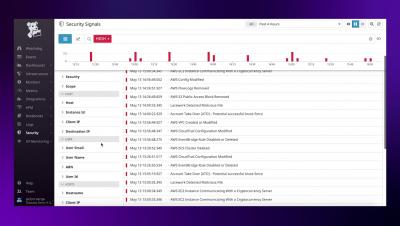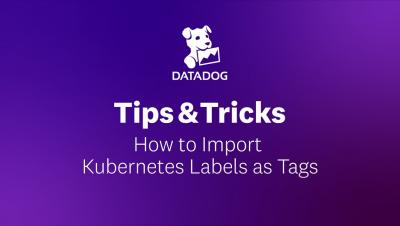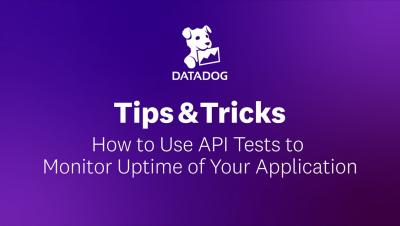As a company, Datadog ingests trillions of data points per day. Kafka is the messaging persistence layer underlying many of our high-traffic services. Consequently, our Kafka usage is quite high: double-digit gigabytes per second bandwidth and the need for petabytes of high performance storage, even for relatively short retention windows. In this episode, we’ll speak with two engineers responsible for scaling the Kafka infrastructure within Datadog, Balthazar Rouberol and Jamie Alquiza. They'll share their strategy in scaling Kafka, how it’s been deployed on Kubernetes, and introduce kafka-kit; our open source toolkit for scaling Kafka clusters. You'll leave with lessons learned while scaling persistent storage on modern orchestrated infrastructure, and actionable insights you can apply at your organization


